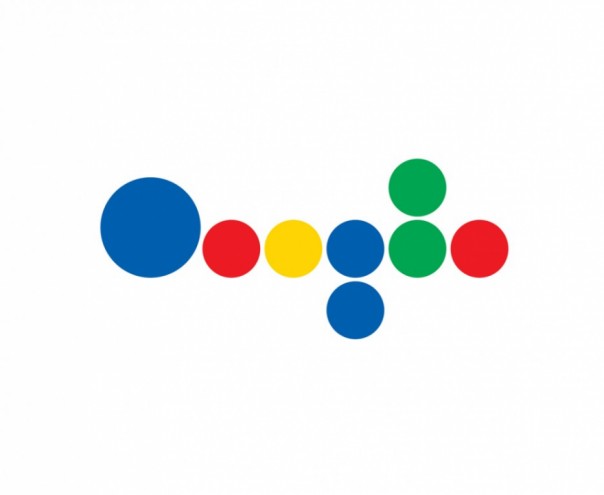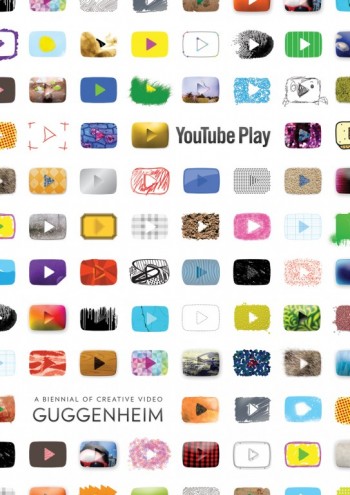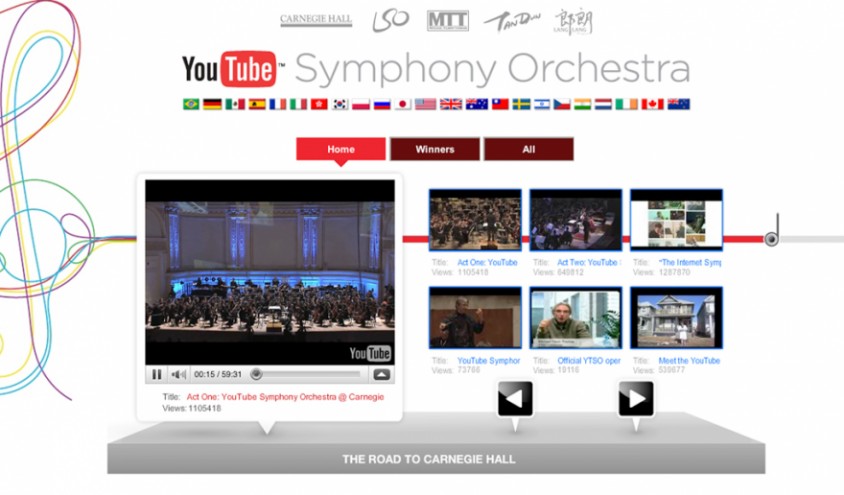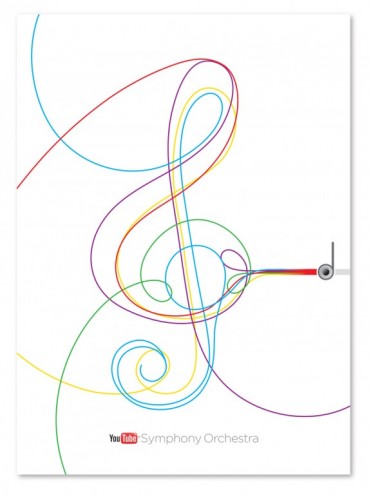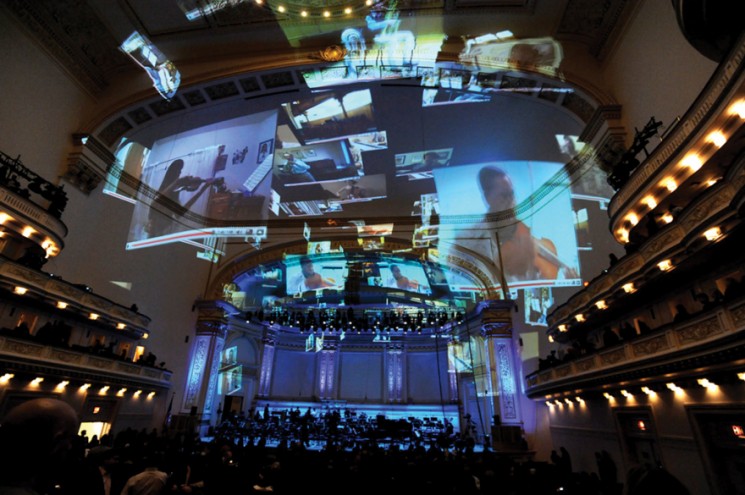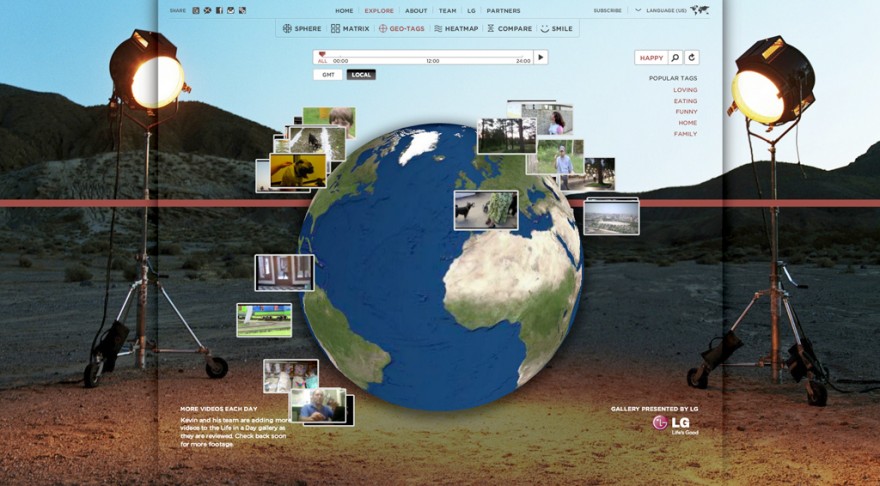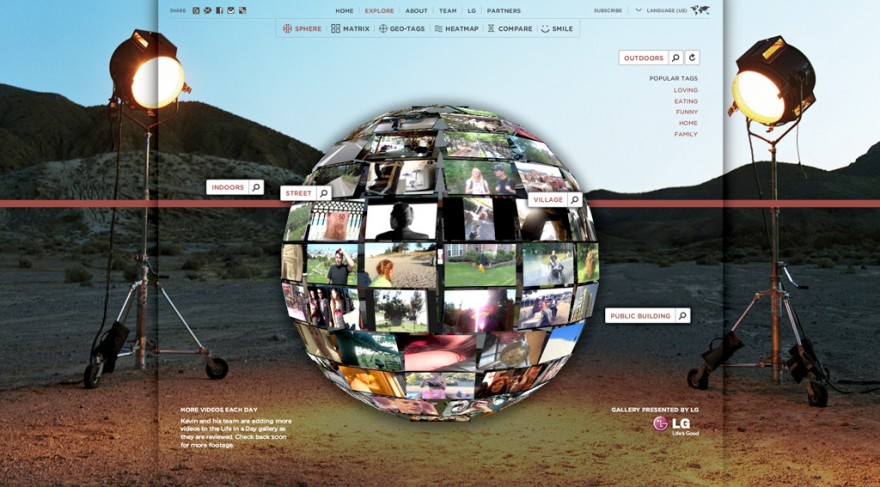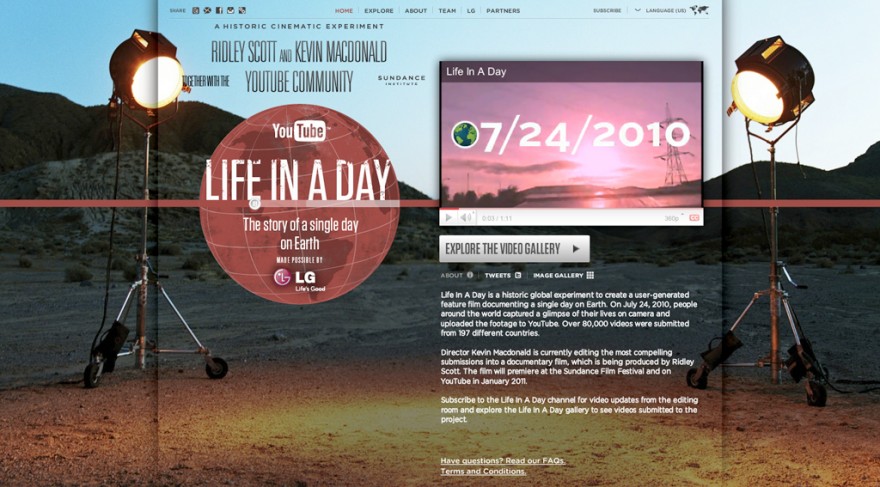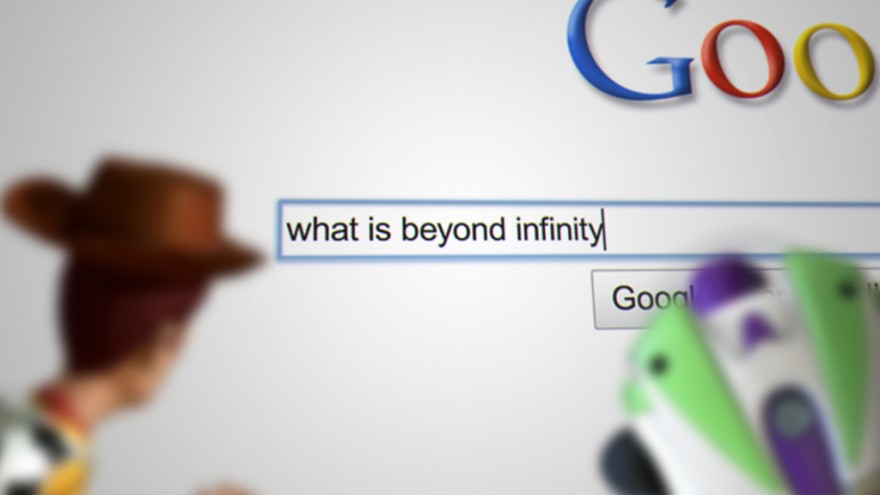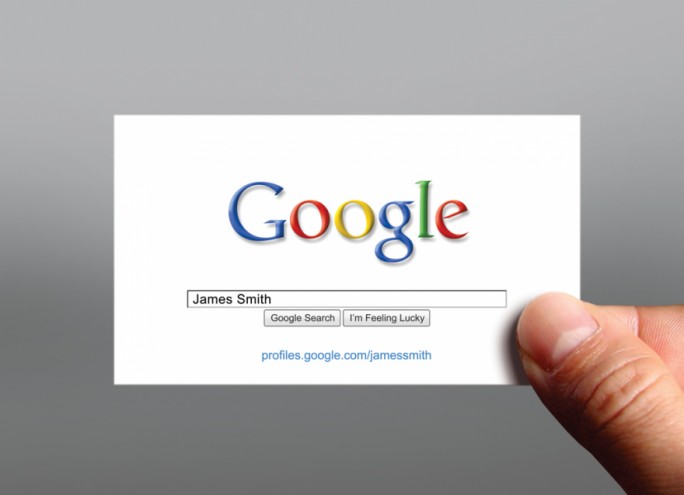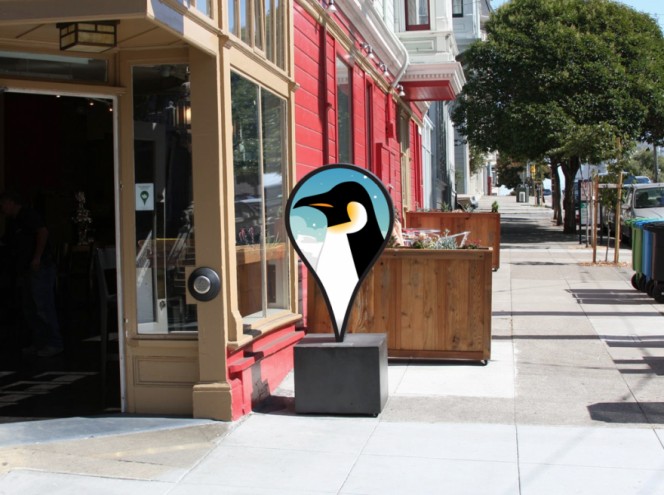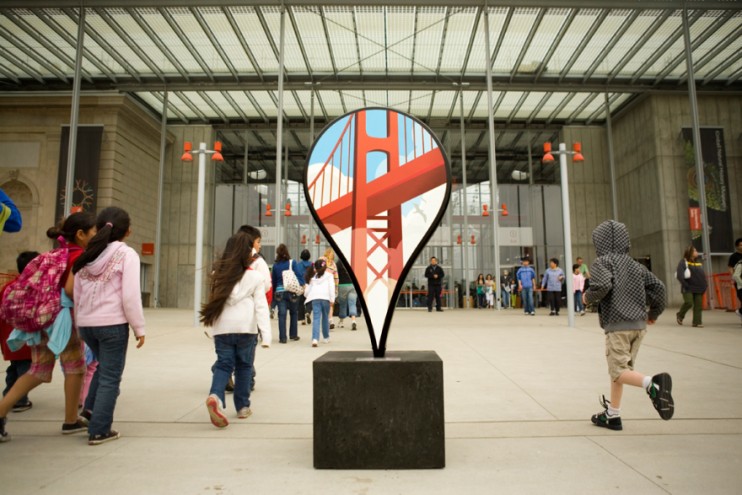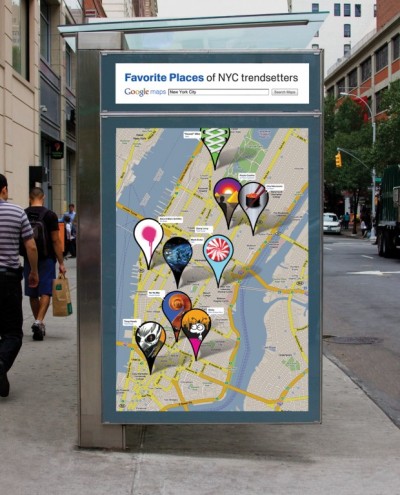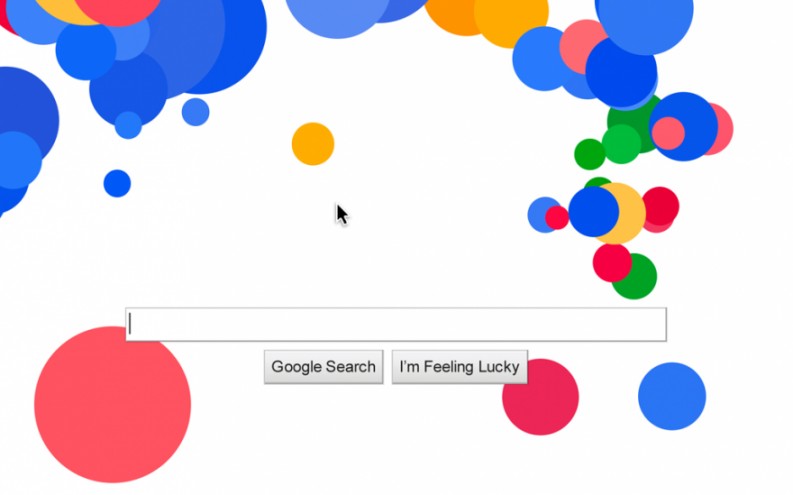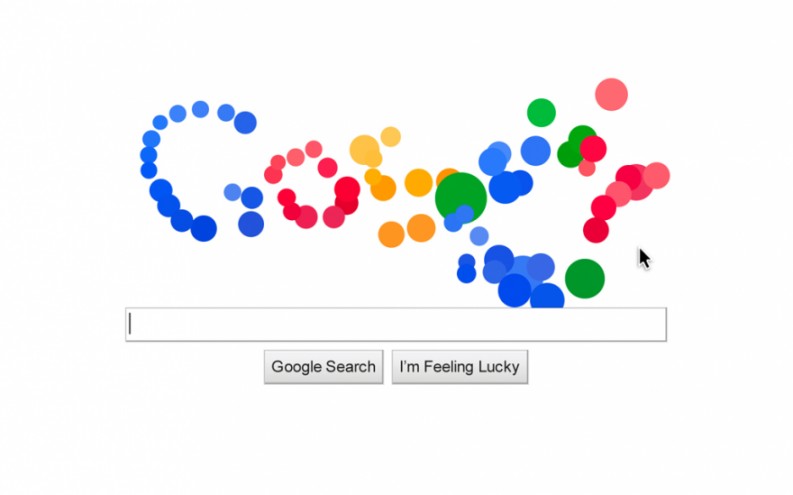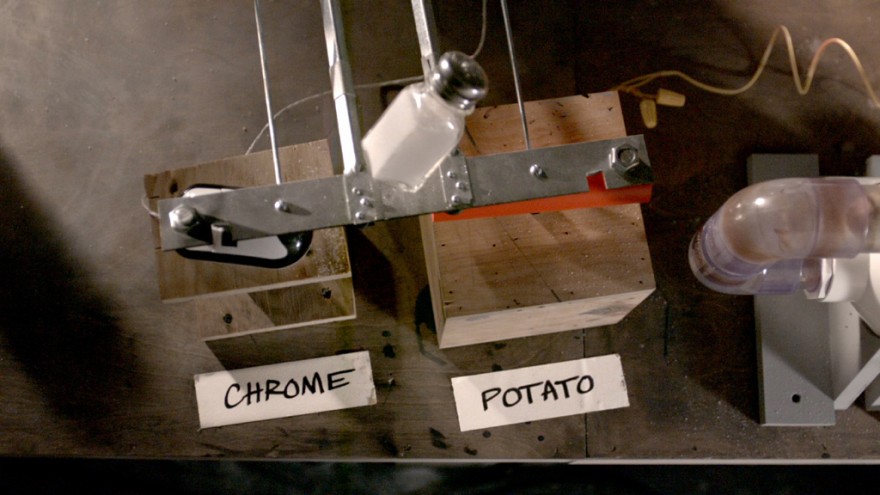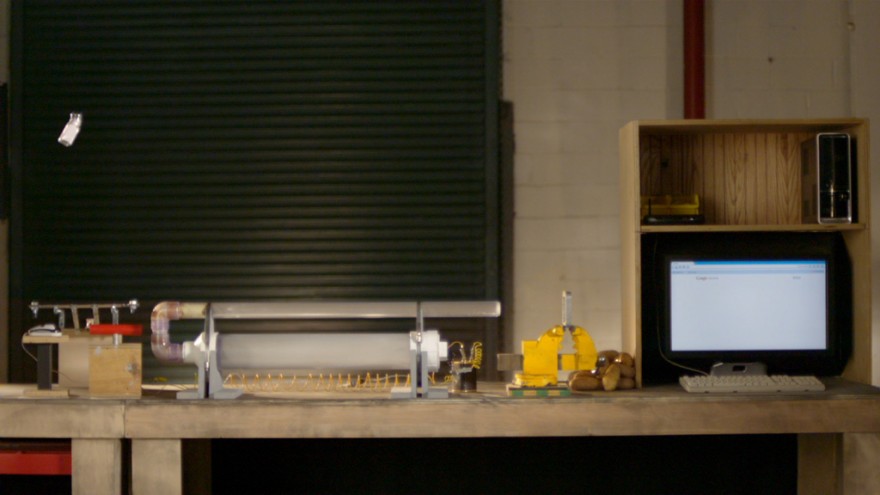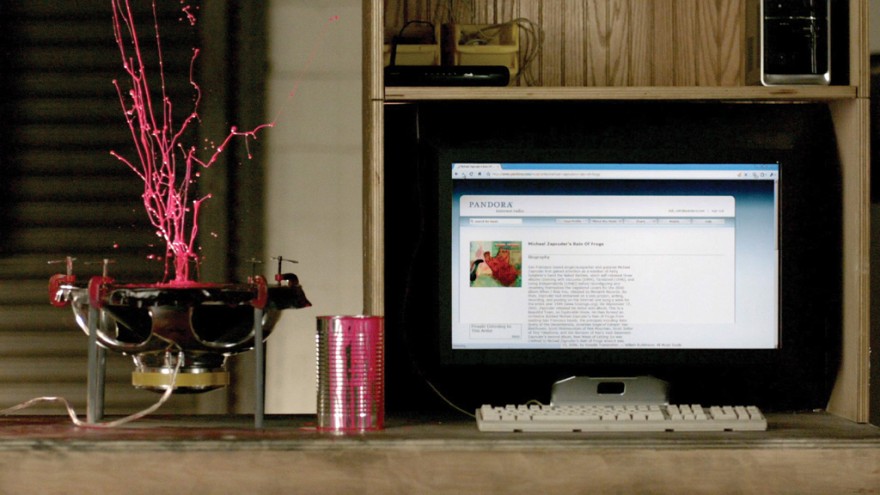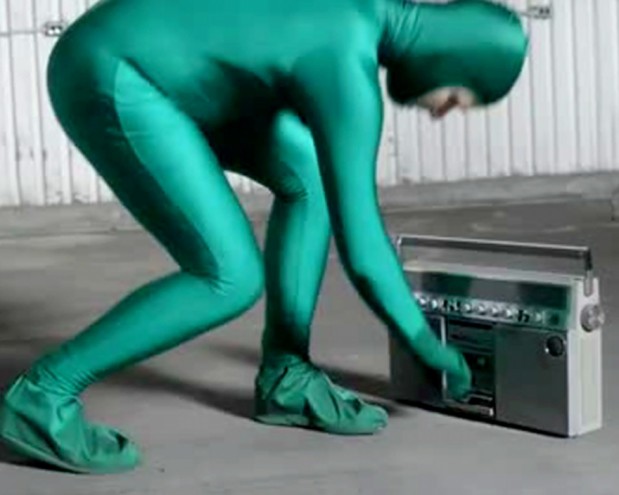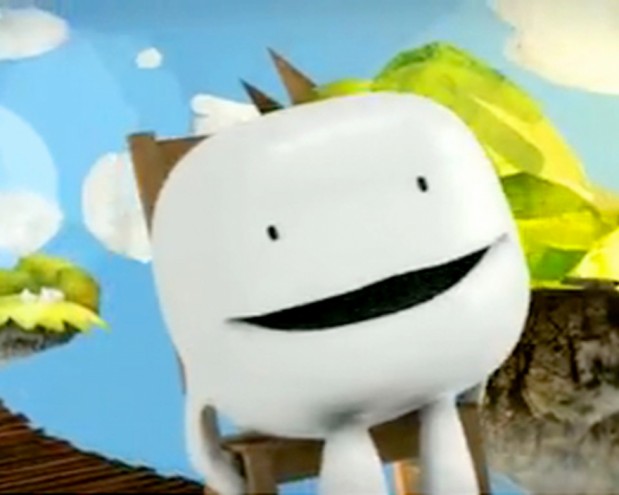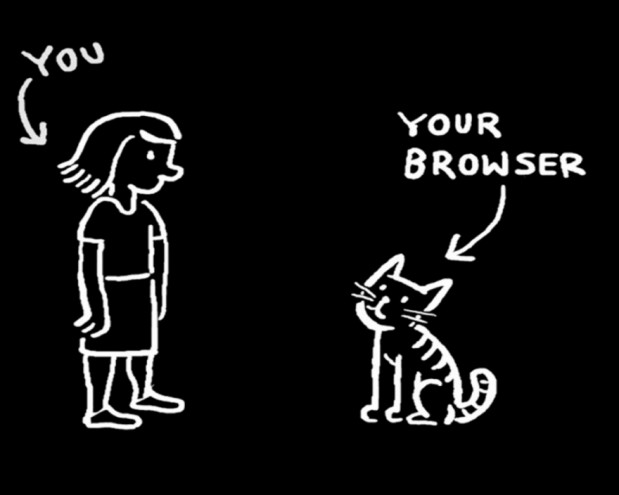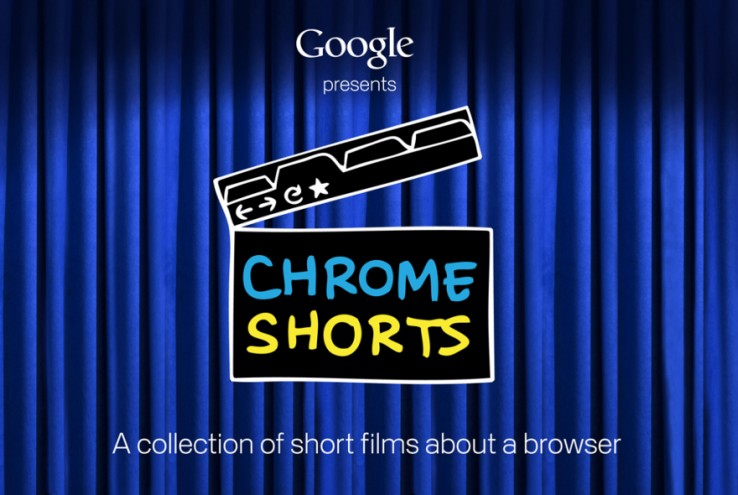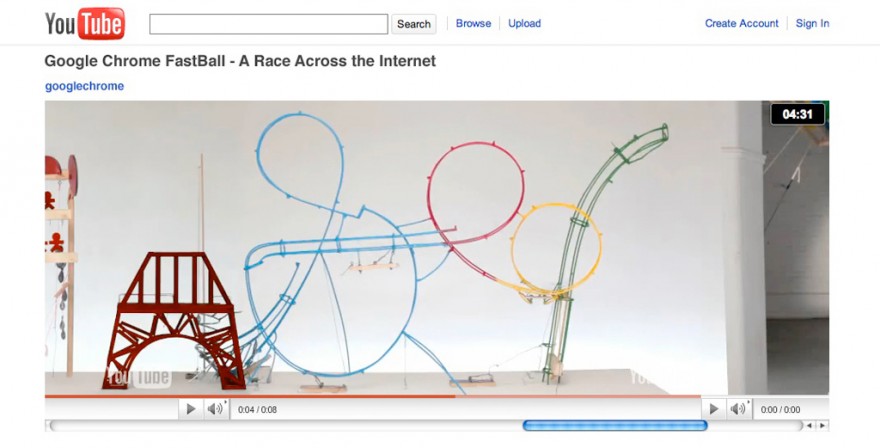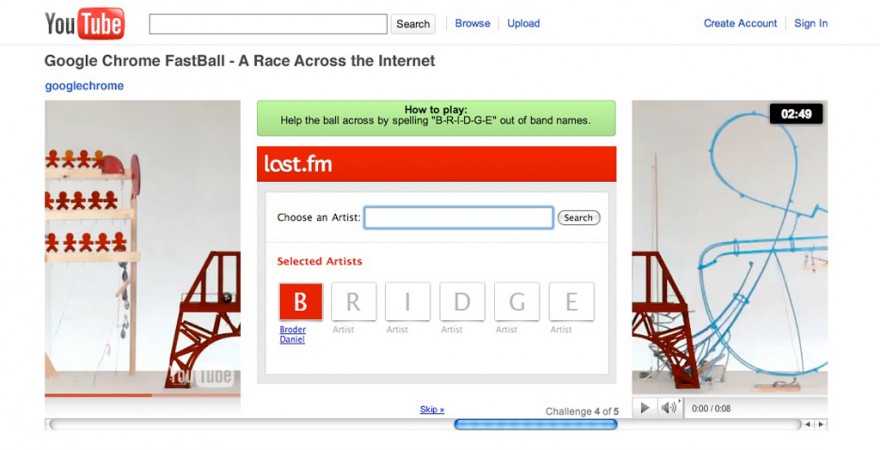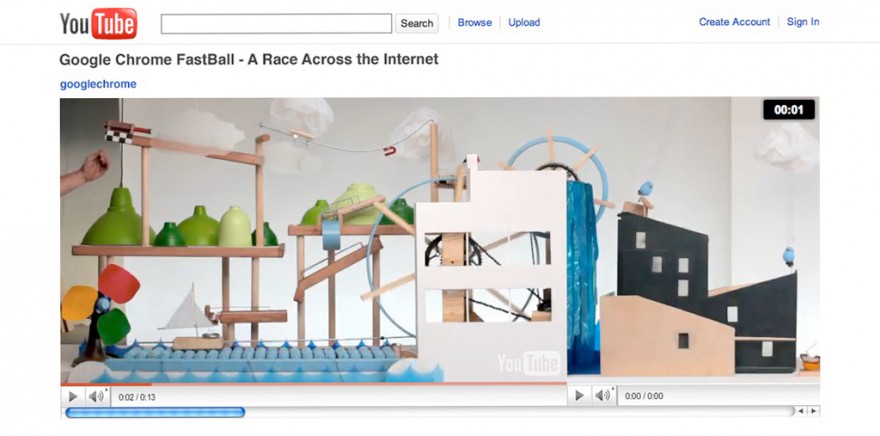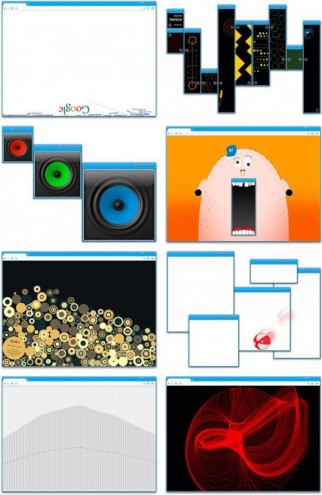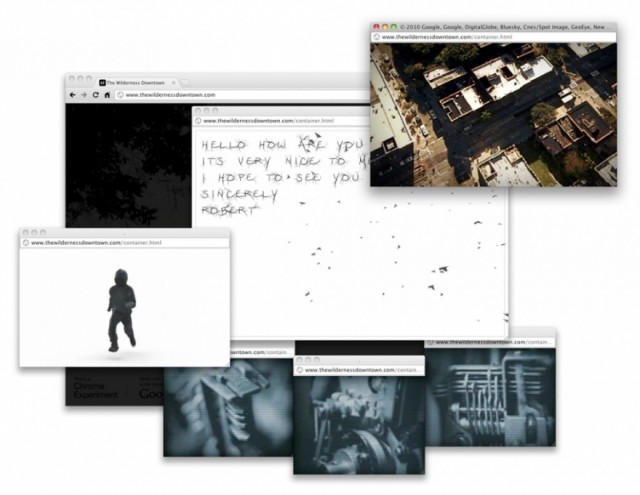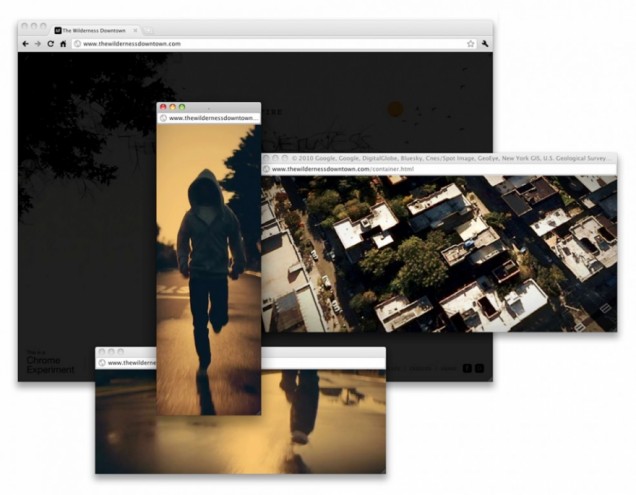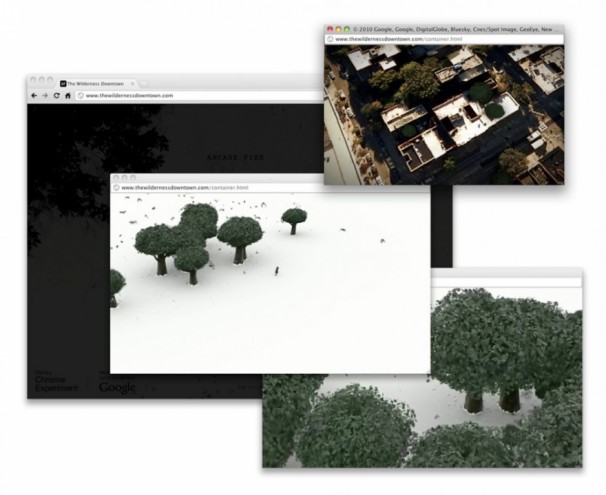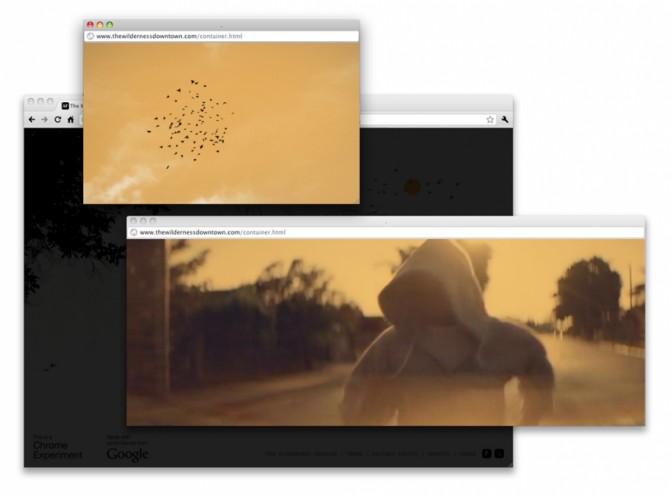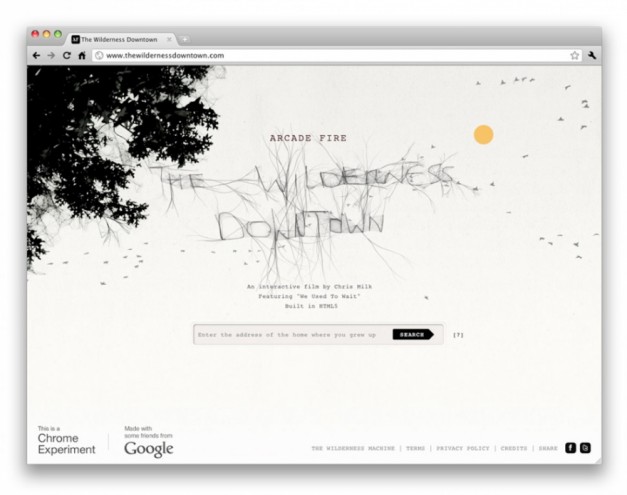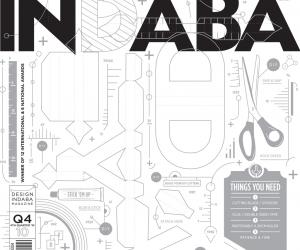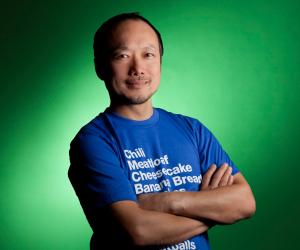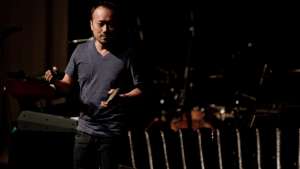First Published in
Oddly when you Google “Robert Wong”, only one result points to the Robert Wong that is creative director of Google Creative Lab on the first page. Yet, of the magician, photographer, real estate agent, movie extra, motivational speaker, CEO and others, it would be a truly remarkable coincidence if there were another Robert Wong who started out as an accountant and ended up at art school.
“About halfway through my [accounting] studies, I realised that life was too short and I didn’t want to have my ‘work’ life in one box and my ‘life’ life in another box. I wanted one box,” explains Wong. After changing to studying communications design at Parsons in New York, and working as executive creative director of Arnold Worldwide and vice president of global creative at Starbucks, he couldn’t get more out of the box than his current position.
Google Creative Lab celebrates innovation, or as Wong puts it: “Getting the genius out the building.” Wong does not typically design the Google logo, nor is he responsible for the design changes made to the homepage, mail and iGoogle. Instead, from Google Chrome Speed Tests and Google Search Stories to the recent Arcade Fire music video, and various other online-offline collaborations, the task of the Google Creative Lab is to create emotional traction with users.
“One of our missions is to remind the world what they love about Google. And the word love is crucial there. People use Google and it’s become such a utility, that it’s almost like breathing air, you can take it for granted. So how do you bring that emotional connection – I can’t believe I’m saying this, it’s the worst kind of brand, marketing speak, but it truly is – how to get that emotional connection to the brand,” enthuses the self-aware Wong.
Take for instance the YouTube Symphony Orchestra, which hosted open online auditions to bring together the first-ever online collaborative orchestra at Carnegie Hall last year. The participants were mostly amateur musicians – including a farmer from Romania, a surgeon from Hong Kong and a poker player from Georgia. “It was very emotional to see what technology, what YouTube was able to do for those 96 individuals,” describes Wong. “While it’s cool that their lives were impacted, everyone who watched it online or in the audience that night was also inspired by what could happen and how it couldn’t have happened without technology.”
With such a big brand and such high levels of innovation, fear or playing it safe is not an option. “The worst thing that can happen to a successful company is to become ridden with fear, and lose its courage and balls. I don’t know how many emails I’ve gotten from Eric, which he sends around the company. He says, ‘Okay we’re not failing enough. The stakes are higher now, but let’s make sure we keep on innovating, keep on being courageous and don’t be afraid to fail.’ When you do that, inevitably failure will happen. But hopefully while that’s happening, on the flipside, some of these courageous acts turn into the awesome innovations that give us Google Instant.”
Success need not be a virtual orchestra either, with some of the simplest ideas carrying the most clout. While throwing around ideas on how to show people the hidden features in Google search, the disarmingly simple but highly successful Google Search Stories were born. Short, funny clips showing how people use the engine to solve long series of questions, Google Search Stories tell of love, Batman and Toy Story. Users too have started posting their own stories. They were so successful that they even got an ad spot at the Super Bowl.
“This is the really interesting thing about Google – it operates in this bipolar thing of scarcity and abundance,” points out Wong. “Everyone’s encouraged to go off with as little resources as possible, to tinker and make and invent stuff, and when something good comes up… Boom! We apply lots of resources behind it and you are able to build a product, launch it and get it to the world and, in this case, a tiny YouTube video gets to be seen by 110 million people.”
With this ardour, it is understandable that Wong completely dismisses the urban legend that there’s no room for creativity in the analytics-driven Google. “This company is made up of human beings. And while there’s a lot of really highly analytical studies going on, at the same time there are humans being deeply emotional. The passions and emotions that they have drive the products,” he accentuates. “Creativity has been the driving force of the engineering and innovation that’s been done here.”
More than the genius that needs to get out of the building, it’s the passion. Probably every single person in the building, Wong speculates, wonders: “How much positive impact can I have?” These being Google hallways, this is not rhetorical question either.
“What is awesome about being here is that you have the platform to touch hundreds and millions of people, you have the web on your side and all this technology. It’s an unbelievable sandbox of toys that you can use to create a huge impact,” Wong laughs.

